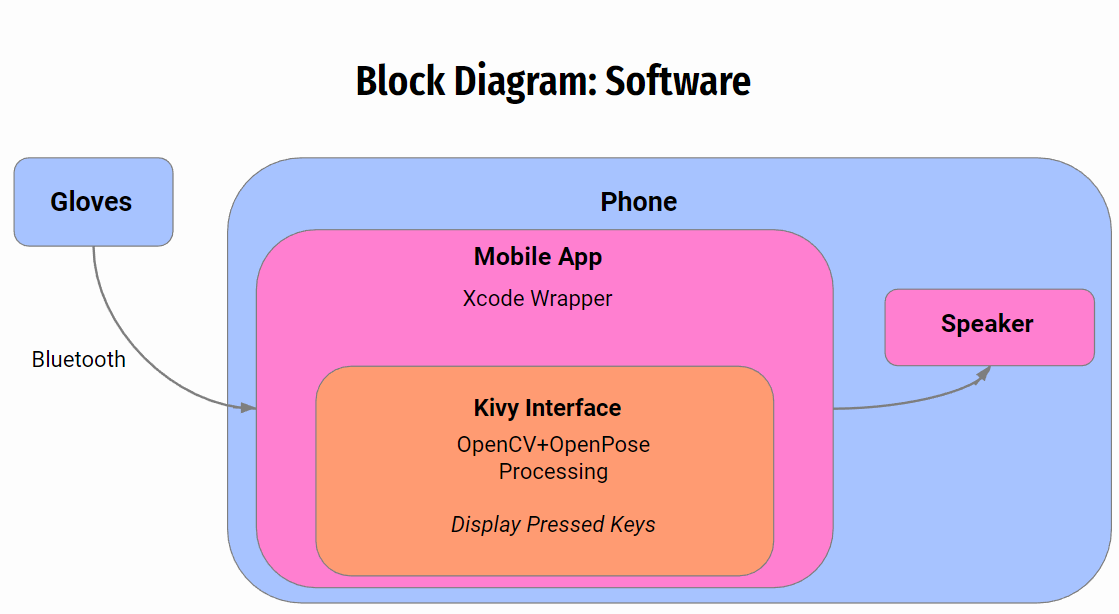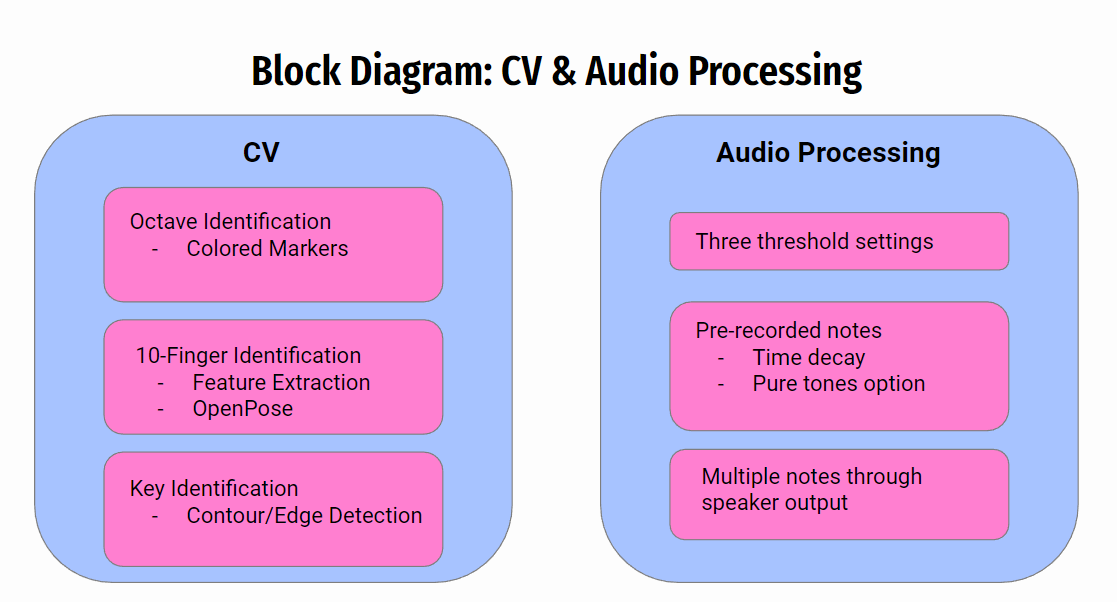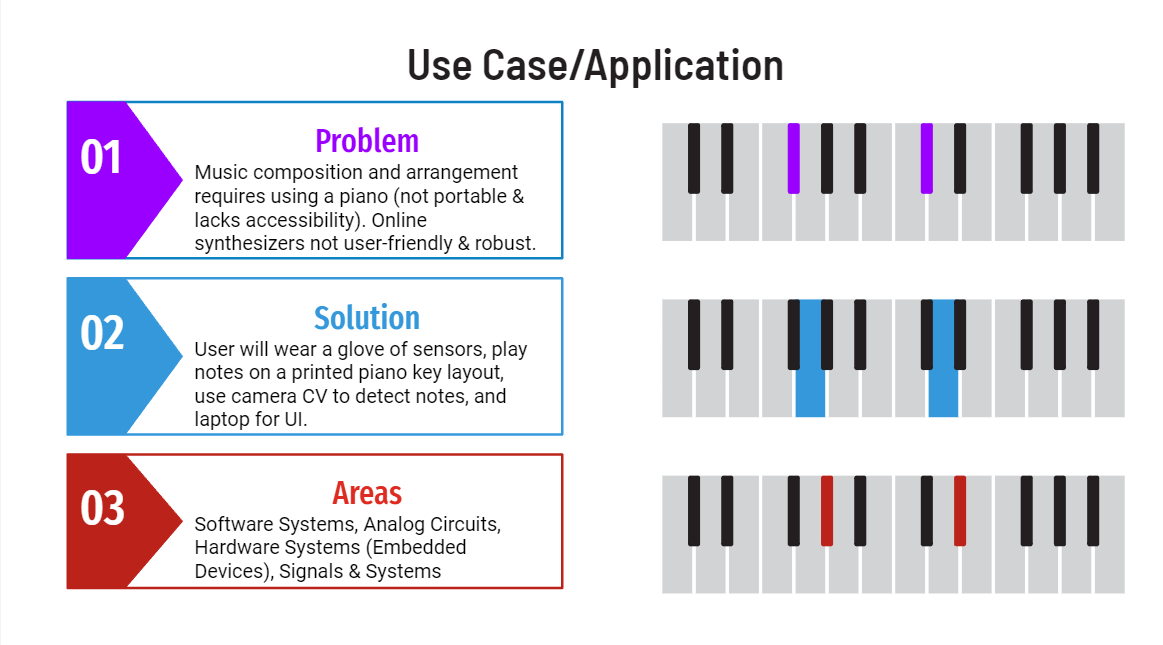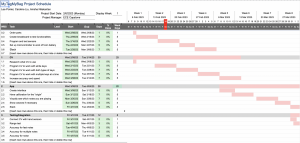What are the most significant risks that could jeopardize the success of the
project? How are these risks being managed? What contingency plans are ready?
Some of the risks are that some of the components we want to use in our design may align well with our use case requirements. As an example, for our coin battery, it may not supply the 2 year length of time we have for our use case requirement. It also may perform differently depending on the use of the coin battery, which could make results unpredictable. We’ll try to manage this risk by being very thorough with our research when analyzing datasheets.
Another risk that could pose complications would be having ill-equipped foresight of how our solution approach may not take into account well of envisioning every stage of where the product ends up affected by. We should analyze how our product would perform when being checked in, on the conveyer belt, being loaded onto the airplane, being picked up at baggage claim, etc. To manage this risk, we plan on creating block diagrams like we did for our theivery flow slide in order to illustrate and demonstrate how this would work. By planning out every minute detail, we increase the chances of a successful project.
Lastly, we might want to consider the risks of how practical our product would be for consumers in real life. This also means looking into whether there are some forms of data communication that may be better than others such as bluetooth or wifi. Some contingency plans we thought of in order to address these risks is writing out some of the pros and cons to both. We discussed how wifi had security issues or that not every user connected to the airport wifi, but bluetooth also had a shorter range than wifi as well.
Another practical risk was addressing multiple passengers who would go through the scanner or a family of passengers and their luggages, and how we would adress our solution approach to address these issues. To address this risk, RFID ensures that each luggage and user would be paired with the same data that identifies them correctly. So multiple people passing through with different data that identifies them would not intefere with each other. For the families with mutiple bags who go through the scanner, it is a grounded assumption that families register themselves and their children under the same account for the airlines. Using this information, we would give them luggage tags with the same identification data so that the scanner would be looking for the luggage tags to match with any one of the tags on the family members. These are some of the ways we plan on mitigating these risks to practicality.
“ Were any changes made to the existing design of the system (requirements,
block diagram, system spec, etc)? Why was this change necessary, what costs
does the change incur, and how will these costs be mitigated going forward?
Over the week we decided to make the change to remove the geolocation, airtag capabilities on the luggage tag. After discussing with course staff and ourselves, we concluded that it was an additional task to locate the luggage and would be outside the scope of our use case of preventing baggage claims thefts. Knowing the location of the luggage might aid in that effort, but the issue is that location doesn’t prevent, it only helps with identifying where the missing luggage went after the event. Furthermore, the widespread use of apple airtags makes this task pretty much already solved, so it we would rather focus our efforts toward something that consumers would be more interested in solving (no reason to reinvent the wheel).
Provide an updated schedule if changes have occurred.
The above change was conduced this past week before we created our schedule, so the schedule created for the proposal presentation is still up to date.
“Our project includes considerations for __________”
Our project includes considerations for public safety and welfare for airport passengers, which could have a global impact as air travel is a commonly used technology used world-wide. Since our use case for our product aims at diminishing luggage claims theft or midhandling this would help in the safety and security of people’s property and possessions. Lastly, there could be an environmental benefit, as we plan on making these RFID tags reusable by having a disposable bin outside airport exits for people to dispose of their tags so that they can be reprogrammed by the airlines to be used for future passengers.













